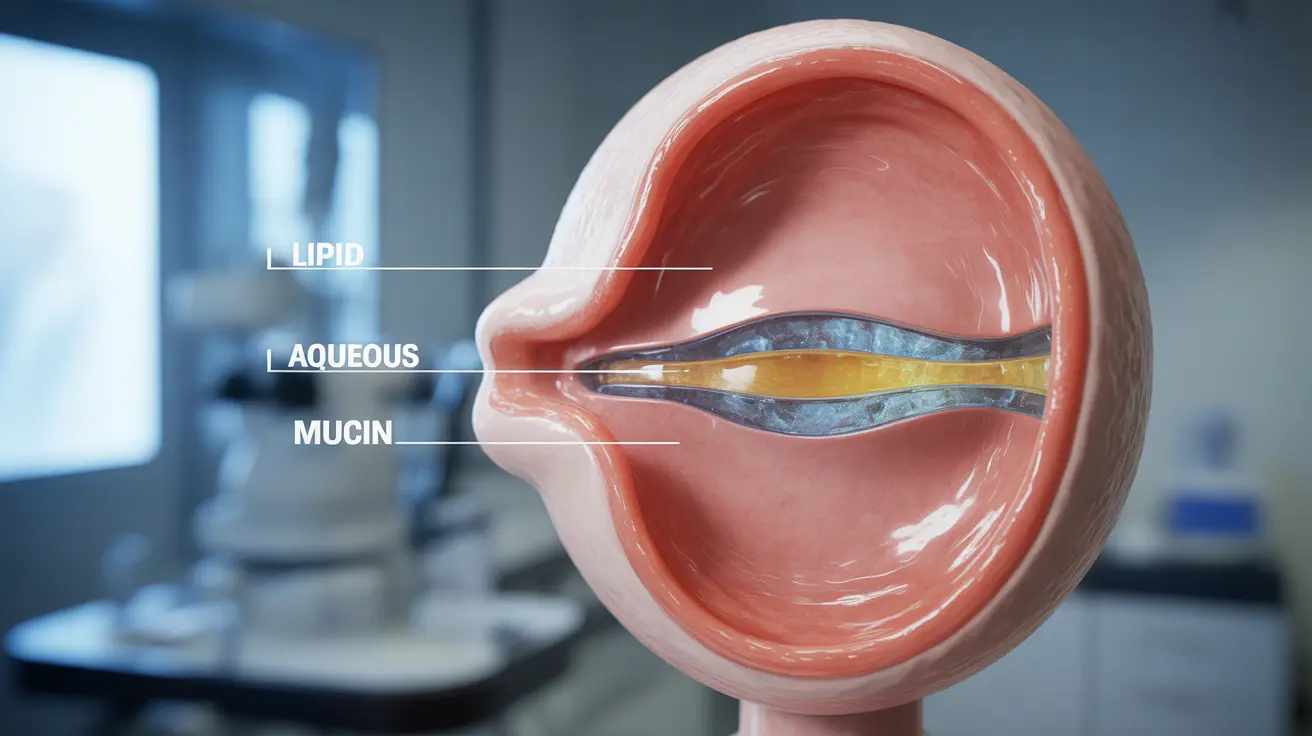Dry eye syndrome is a common condition that affects millions of people worldwide, causing discomfort and potential vision concerns. Many individuals wonder about the relationship between dry eyes and vision loss, specifically whether this condition could lead to blindness. Understanding the connection between dry eyes and vision health is crucial for proper management and prevention of serious complications.
While the immediate symptoms of dry eyes can be troublesome, knowing the potential long-term effects on vision and available treatment options can help you take appropriate action to protect your eyesight. Let's explore the relationship between dry eyes and vision problems, including the risk factors and prevention strategies.
Understanding the Link Between Dry Eyes and Vision Problems
Dry eye syndrome occurs when your eyes don't produce enough tears or when tears evaporate too quickly. This condition can cause various vision-related symptoms and complications if left untreated. The tear film plays a crucial role in maintaining clear vision by creating a smooth surface for light to pass through to the retina.
When the tear film is compromised, it can lead to temporary vision disturbances and, in severe cases, may cause more serious complications. However, with proper treatment and management, most vision problems associated with dry eyes can be prevented or reversed.
Common Vision Problems Caused by Dry Eyes
Dry eyes can manifest several vision-related symptoms that can affect daily activities:
- Blurred or fluctuating vision
- Increased sensitivity to light
- Difficulty focusing during reading or computer work
- Reduced night vision
- Eye strain and fatigue
The Impact of Severe Dry Eye on Corneal Health
In severe cases, chronic dry eye can lead to significant corneal complications:
- Corneal inflammation
- Surface irregularities
- Corneal ulcers
- Scarring of the cornea
These complications can potentially affect vision quality and, if left untreated, may lead to more serious vision problems. However, permanent vision loss from dry eyes alone is rare when proper treatment is sought.
Prevention and Treatment Options
Managing Dry Eyes to Protect Vision
Several treatment options can help prevent vision complications from dry eyes:
- Artificial tears and lubricating eye drops
- Prescription medications to increase tear production
- Punctal plugs to retain natural tears
- Lifestyle modifications to reduce eye strain
- Environmental adjustments to minimize tear evaporation
Advanced Treatment Options
For severe cases, more intensive treatments may be necessary:
- Autologous serum tears
- Amniotic membrane therapy
- Specialized contact lenses
- Anti-inflammatory medications
- In-office procedures to treat underlying causes
Frequently Asked Questions
Can dry eyes cause blindness or permanent vision loss?
While severe, untreated dry eye syndrome can potentially cause corneal damage, blindness from dry eyes alone is extremely rare. Most vision problems associated with dry eyes are temporary and reversible with proper treatment.
What are the common vision problems caused by dry eyes?
Common vision problems include blurred vision, light sensitivity, difficulty focusing, and temporary visual disturbances. These symptoms typically improve with appropriate treatment and management of the underlying dry eye condition.
How can severe dry eye damage the cornea and affect eyesight?
Severe dry eye can lead to corneal inflammation, ulcers, and scarring. These complications can affect vision quality by creating irregular surfaces on the cornea, which impacts how light enters the eye.
What treatments are available to prevent vision complications from dry eyes?
Treatments range from artificial tears and lifestyle modifications to prescription medications, punctal plugs, and specialized procedures. The appropriate treatment depends on the severity and underlying cause of dry eyes.
Why do dry eyes cause blurred vision and sensitivity to light?
Dry eyes can cause blurred vision and light sensitivity because an inadequate tear film creates an irregular surface on the cornea, affecting how light enters the eye. This disruption in the optical system leads to visual disturbances and increased sensitivity to light.




